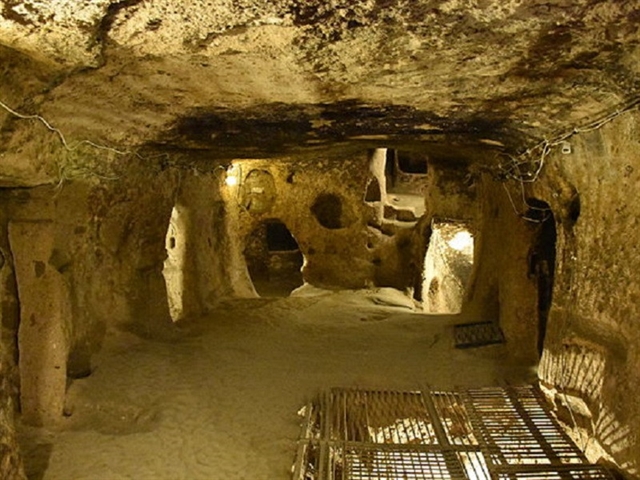HCM City authorities have sent a proposal to the Ministry of National Defence to seek UNESCO recognition for Cu Chi Tunnels, the largest underground tunnel network in Viet Nam.

HCM City authorities seek UNESCO recognition of Củ Chi Tunnels. VNA/VNS Photo
Located about 60km from downtown HCM City, the Cu Chi Tunnels were built by Vietnamese soldiers as shelter from US troops during the war.
More than 120km out of the 250km of the tunnels' length have been preserved for tourism purposes.
In 2016, the historic site was recognised as a special national relic.
Today, the historical tunnel has been preserved and become a popular tourism destination, every day attracting thousands of visitors, both domestic ones and foreigners, who love discovering the country's history through strange and unique places.
Vistors will be able to experience and understand the resilience and unyielding will of the people who lived in the tunnels during wartime. Cu Chi-the poor but heroic land-faced 21 years of warfare against a well-trained enemy with modern weapons.
The tunnel complex in Cu Chi served as communication and supply routes, hospitals, food and weaponry storage, and living quarters.
It began to be known as a “barren land” between 1969 and 1972 as no animal or plant could live there due to US bombs and the use of Agent Orange and dioxins.
A worship area was built with 44,379 stone steles to remember the fallen at Cu Chi.
Viet Nam is home to eight UNESCO recognised world heritage sites: Phong Nha - Ke Bang National Park, My Son Sanctuary, Hoi An Ancient Town, the Complex of Hue Monuments, and Citadel of the Ho Dynasty in the central region; along with Ha Long Bay, Trang An Landscape Complex, and Thang Long Imperial Citadel in the north.
If recognised, the Cu Chi Tunnels will be the southern region’s first UNESCO World Heritage Site